How Long Does SEO Take to Show Results?
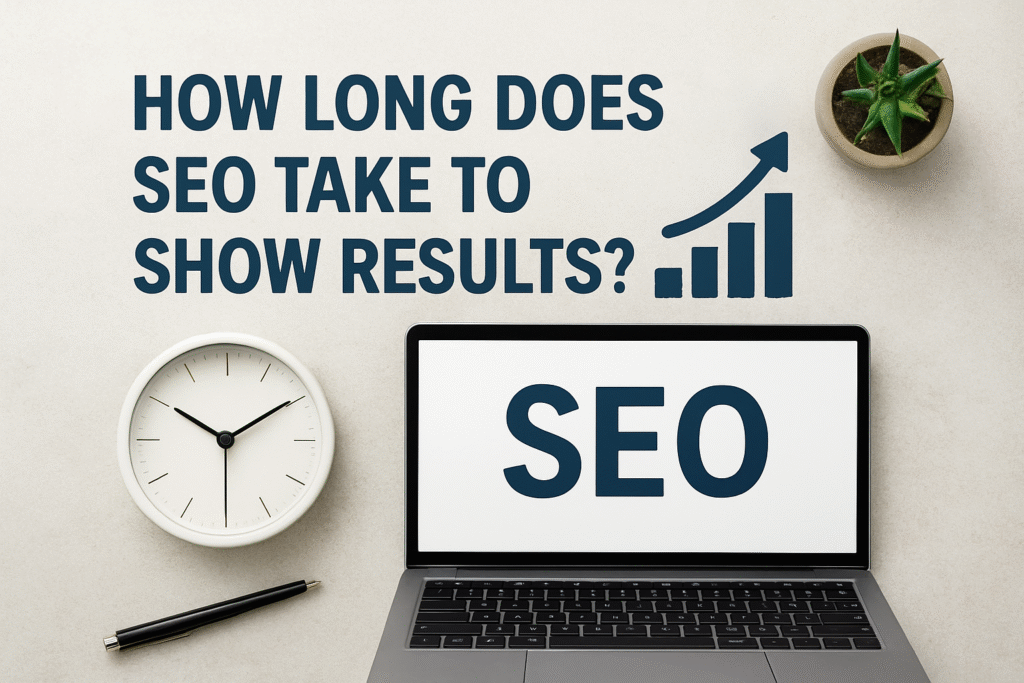
Quick Summary: What This Blog Covers This blog breaks down how long SEO takes to show results, explaining that while early improvements can appear within 4–6 months, significant ROI typically emerges after 9–12 months. It explores why SEO is a gradual process, outlining the typical monthly timeline, key influencing factors, and strategies to accelerate results […]
Tracking Form Submissions in GA4 Correctly
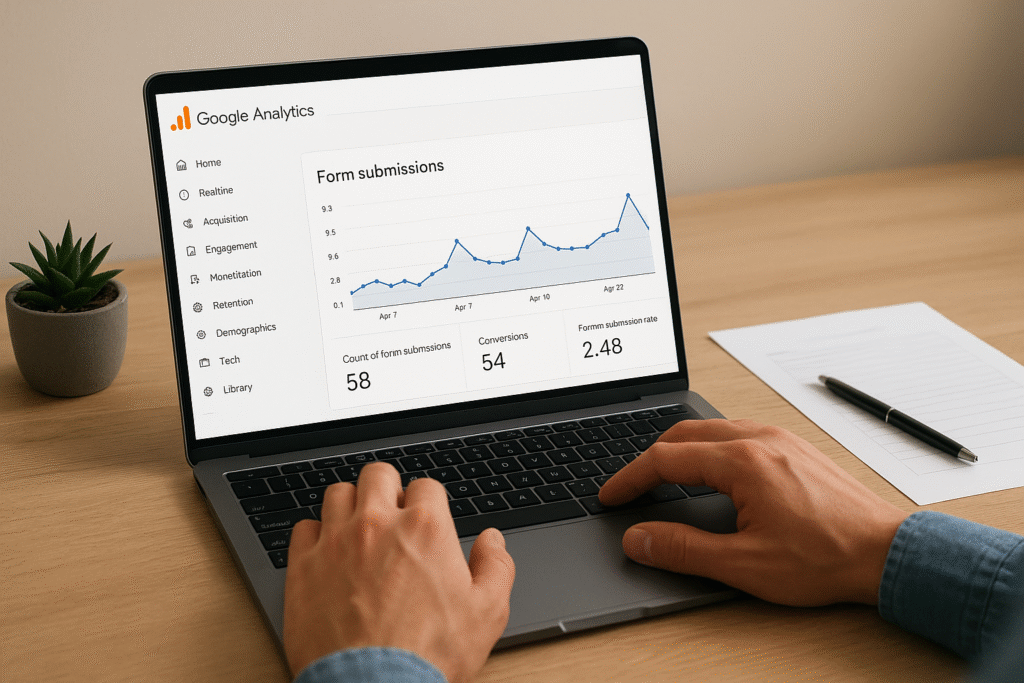
Here’s What You’ll Learn in This Article This blog explains why correctly tracking form submissions in GA4 is essential for measuring ROI and campaign success. You’ll learn how to identify form types, use Google Tag Manager, configure event parameters, and mark conversions in GA4. It also covers error tracking, third-party form integrations, and common mistakes […]
Quality Score Diagnosis and Optimization Framework
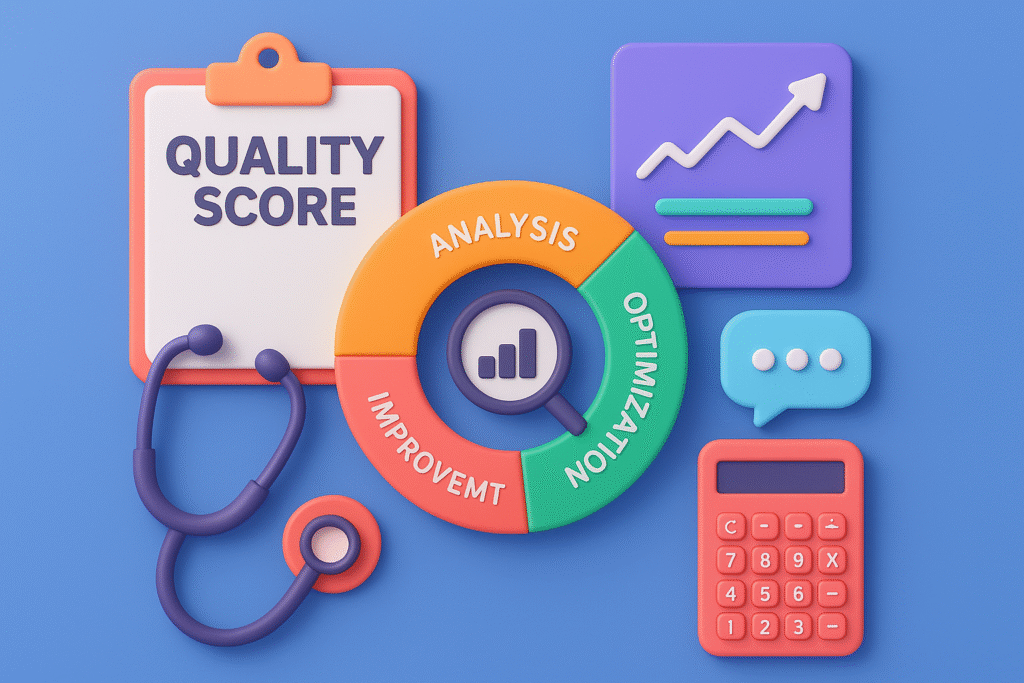
Here’s What You’ll Learn in This Article This article explains how Quality Score impacts Google Ads performance and why it’s crucial for lowering CPC and boosting ROI. You’ll discover the three core factors expected CTR, ad relevance, and landing page experience along with a step-by-step framework to diagnose and fix weaknesses. It also covers best […]
My Exact Guest Posting Process (2025 Version)

Guest posting has been around for more than a decade, and many marketers have debated whether it’s still effective. Some say it’s outdated, while others insist it’s one of the best long-term SEO strategies. After years of testing and refining, I can confidently say guest posting remains one of the most powerful tactics for brand […]
What Makes a Website Convert in Dallas
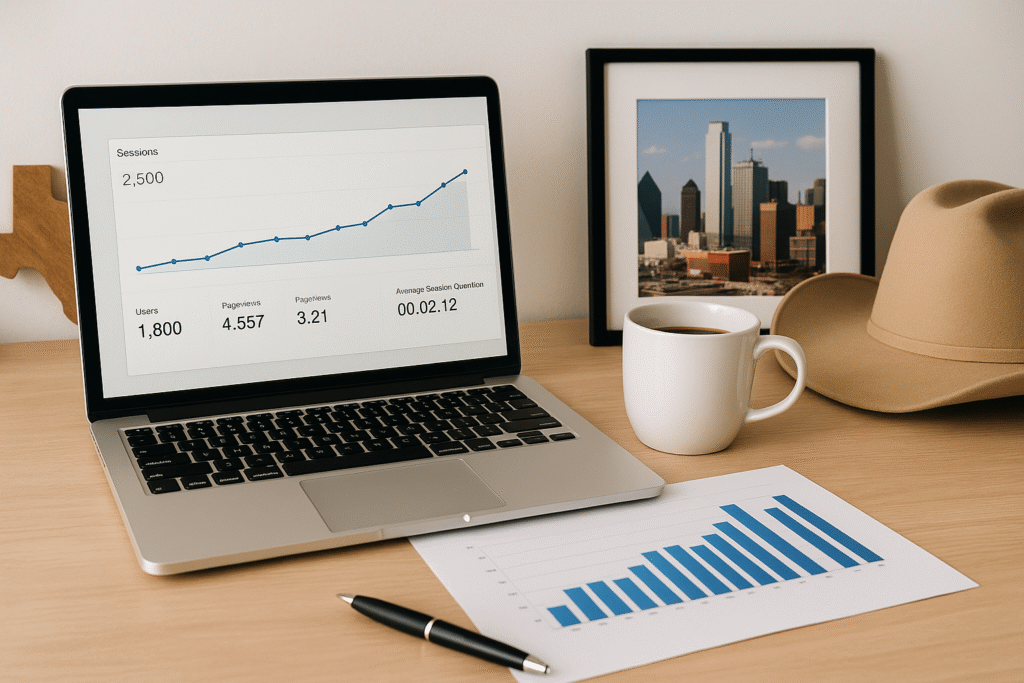
In today’s digital marketplace, having a website is no longer enough. Every business in Dallas, from local restaurants in Deep Ellum to law firms in Uptown, has a digital presence. The real question is: does your website actually drive leads and sales? Understanding what makes a website convert in Dallas comes down to a blend […]
Local Hashtag Strategy for NYC Fashion Brands

When it comes to digital visibility, New York City’s fashion industry is unlike any other. Competition is fierce, the audience is trend-savvy, and brands must constantly innovate to stay relevant. Over the years, I’ve seen how hashtags can make or break a campaign. That’s why a carefully designed local hashtag strategy for NYC fashion brands […]
Generating Real Estate Leads in Las Vegas with Funnels

Real estate is one of the most competitive industries in the United States, and nowhere is that truer than in Las Vegas. With new developments, a booming rental market, and constant demand from investors and relocating families, standing out in the Las Vegas property scene requires more than just a listing on the MLS. That’s […]
Canonical Tag Misuse: Impact and Resolution
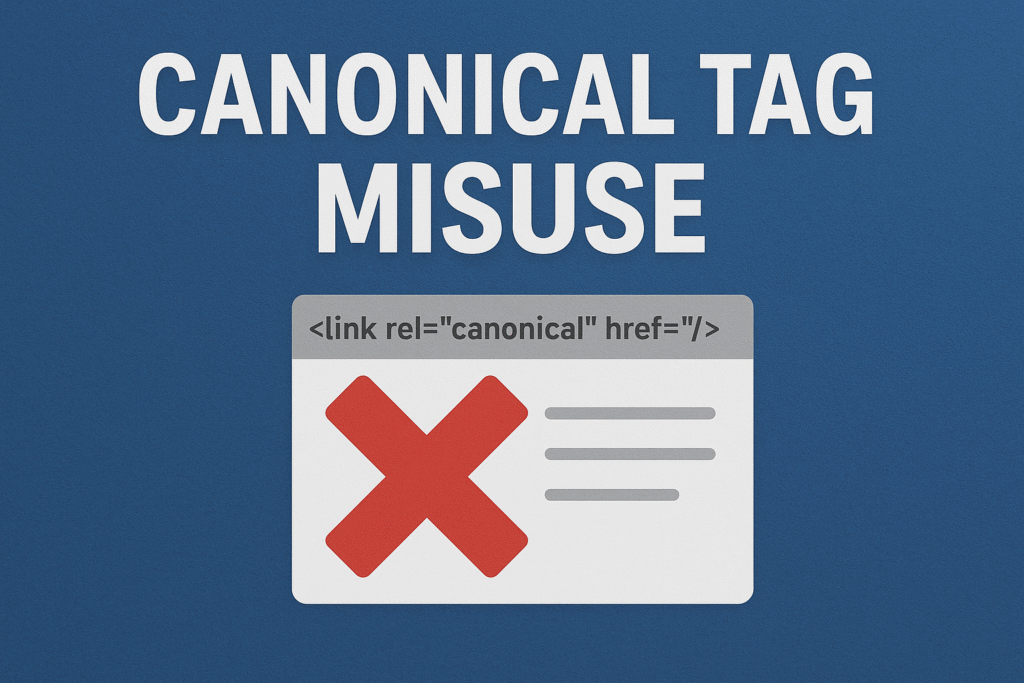
In the world of technical SEO, canonical tags are one of those quiet heroes that often go unnoticed until something goes wrong. When used correctly, they can consolidate ranking signals, prevent duplicate content issues, and keep your site’s authority clean in the eyes of search engines. But when implemented poorly, canonical tag misuse can derail […]
How I Track Micro-Conversions That Lead to Sales
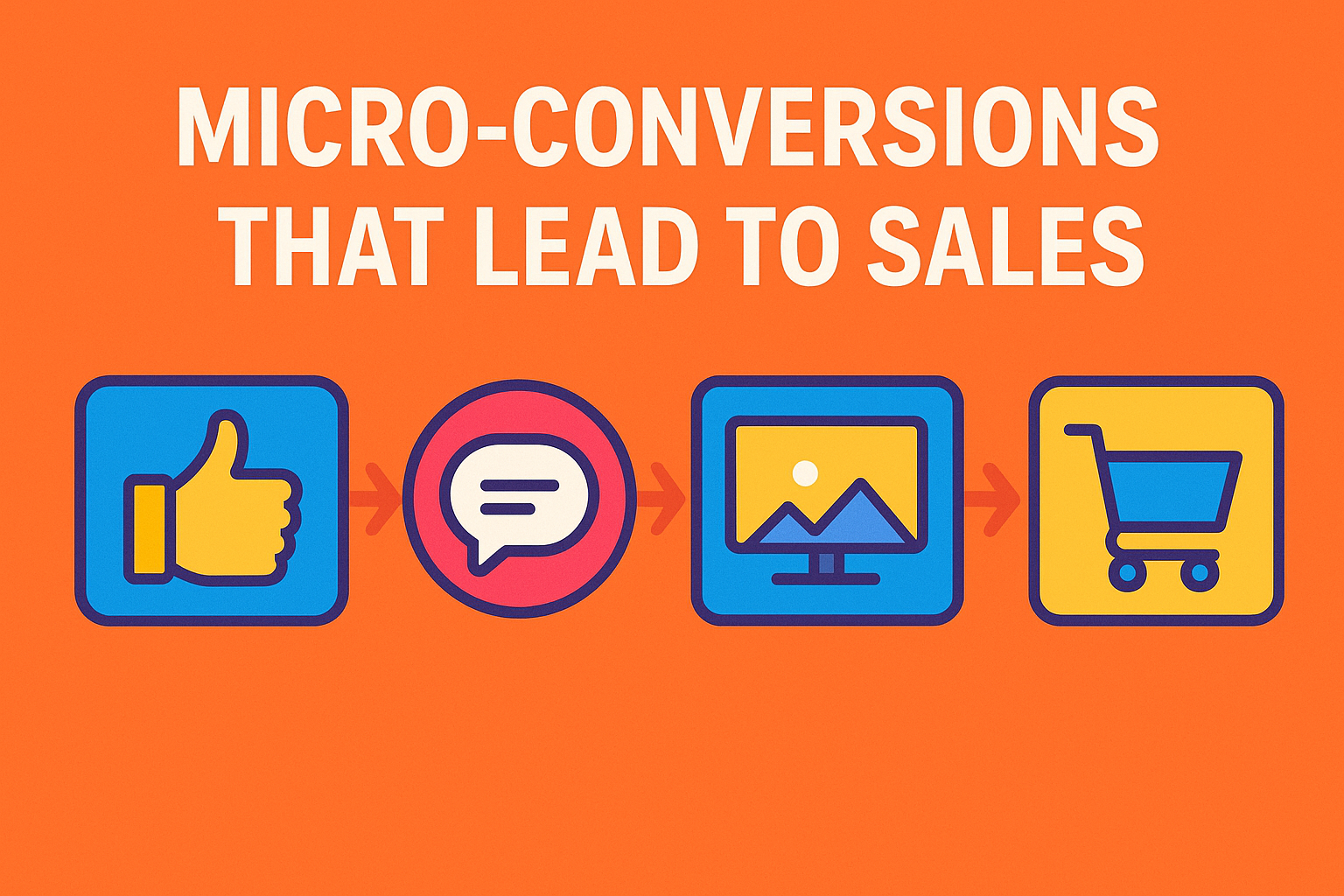
In digital marketing, we all love the big wins — the final purchase, the booked consultation, the signed contract. But the truth is, those macro-conversions rarely happen in isolation. They’re almost always the result of a series of micro-conversions — smaller, measurable actions that show a prospect is moving closer to becoming a paying customer. […]
10 Facebook Ad Ideas for Houston Boutiques

If you’re running a fashion boutique in Houston, Texas — you already know the competition is fierce. With dozens of trendy spots popping up across The Heights, Montrose, Rice Village, and Midtown, it’s essential to stand out online. The easiest way to do that? Get creative and hyper-local with Facebook ad ideas for Houston boutiques. […]
